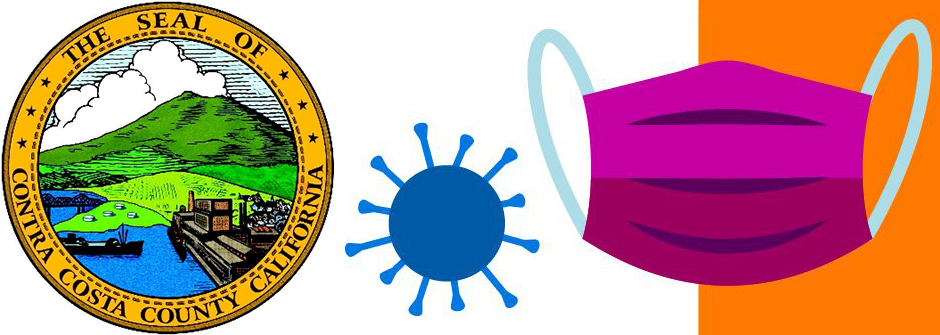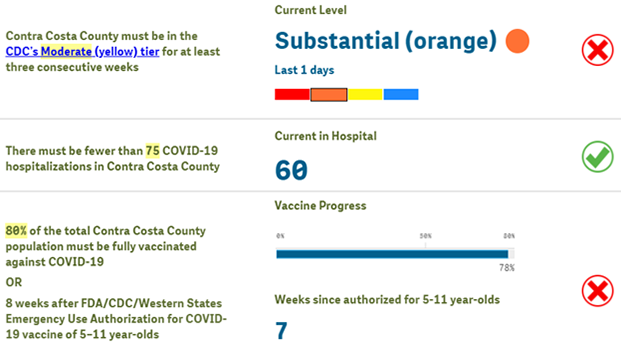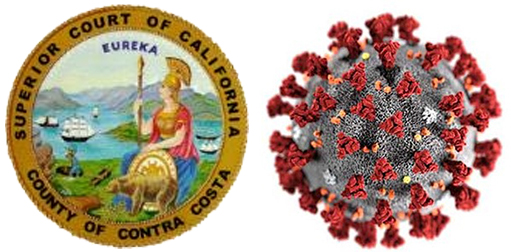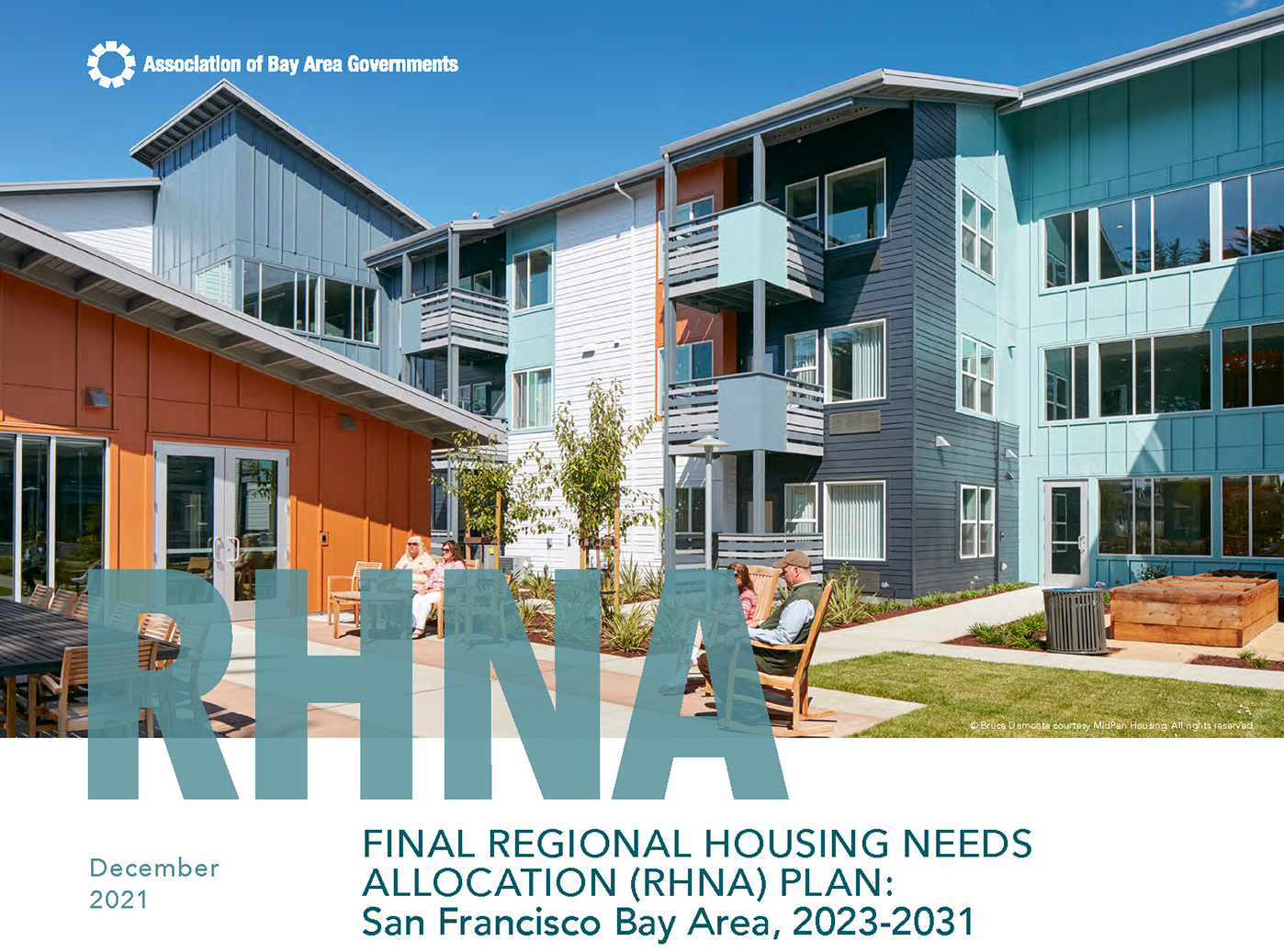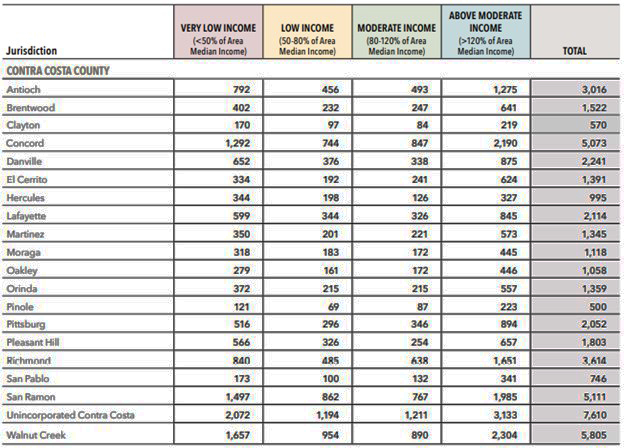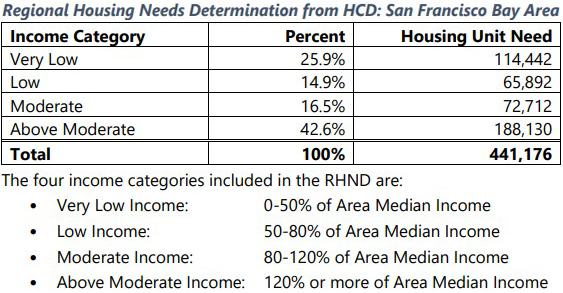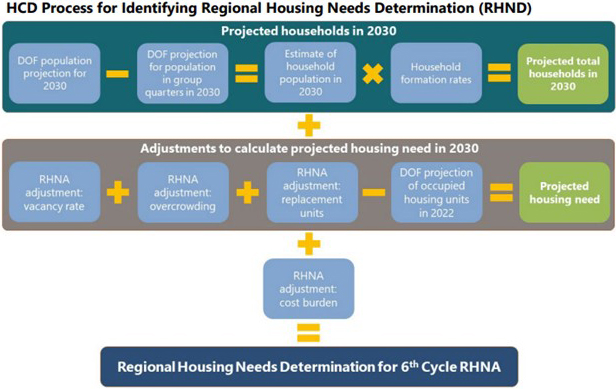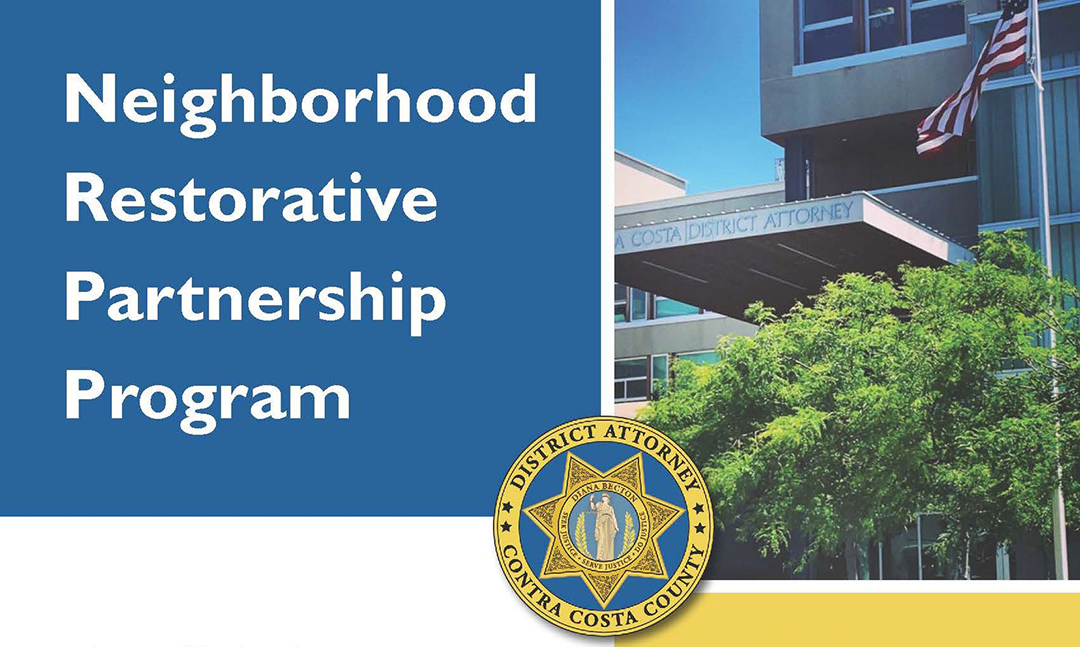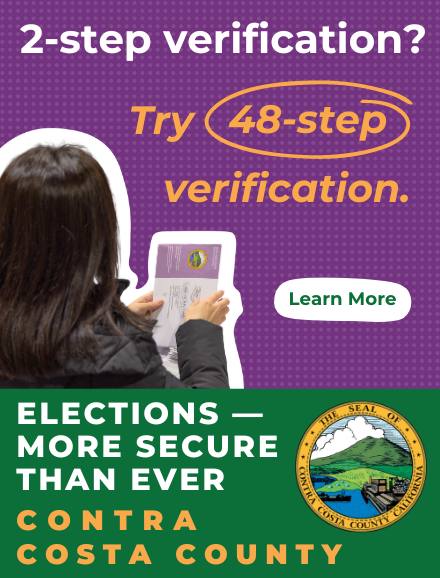
Or weekly negative test in spite of mild omicron variant symptoms and CDC discontinuing PCR tests as of Friday; includes police, firefighters, paramedics, ambulance drivers, and workers in hospitals, jails, nursing or congregate care facilities, and homeless shelters.
By Allen Payton
On Monday, Dec. 27, 2021, Contra Costa County Health Officer, Dr. Chris Farnitano issued another order mandating county first responders and workers in homeless shelters to verify they have received a booster dose of vaccine or a weekly negative COVID test.
Contra Costa Health Services claims it’s being done, “to better protect the county’s health system from becoming overwhelmed by the highly contagious omicron variant of COVID-19.”
This requirement applies within the county to law enforcement officers, firefighters and emergency medical personnel who work in or may respond to emergency calls at high-risk facilities such as hospitals, jails, nursing or congregate care facilities, as well as all workers in homeless shelters. It also applies to non-emergency ambulance workers who provide medical transport for such facilities.
The order, which takes effect on January 10, requires unboosted workers to test weekly with either a PCR or antigen test for COVID-19.
Yet, the CDC issued a Lab Alert on their website on July 21, 2021, that “After December 31, 2021, CDC will withdraw the request to the U.S. Food and Drug Administration (FDA) for Emergency Use Authorization (EUA) of the CDC 2019-Novel Coronavirus (2019-nCoV) Real-Time RT-PCR Diagnostic Panel, the assay first introduced in February 2020 for detection of SARS-CoV-2 only.”
In addition, the FDA posted on their website the CDC’s Real-Time RT-PCR Diagnostic Panel, dated that same day, which reported the tests do not necessarily work. It reads, “Positive results are indicative of active infection with SARS-CoV-2 but do not rule out bacterial infection or co-infection with other viruses. The agent detected may not be the definite cause of disease. Laboratories within the United States and its territories are required to report all results to the appropriate public health authorities. Negative results do not preclude SARS-CoV-2 infection and should not be used as the sole basis for treatment or other patient management decisions. Negative results must be combined with clinical observations, patient history, and epidemiological information.”
CDC 2019 Novel Coronavirus (nCoV) Real-Time RT-PCR Diagnostic Panel – Instructions for Use (fda.gov)
“The omicron variant is much more infectious than previous strains of COVID-19,” said Farnitano. “Boosting is necessary for the best protection from omicron infection and transmission. Our hospitals are at risk of being overwhelmed if a large number of our must vulnerable residents get sick. Our goal is to ramp up the protection around places where there is an elevated risk of exposure, and people who are at high risk of serious illness if they become infected.”
However, as previously reported, according to reports from throughout the U.S. and internationally, symptoms have been described as mild, and “extremely mild” by Dr. Angelique Coetzee, the South African doctor who first discovered and announced the new strain.
The order requires applicable workers to test weekly for COVID-19 and provide the results to their employers, or if fully vaccinated, provide proof that they have received a booster dose of COVID-19 vaccine within one month of becoming eligible. Employers are required to keep vaccination records for these employees.
Anyone 16 or older is eligible for a booster dose six months after they become fully vaccinated with the Pfizer or Moderna vaccines, or two months after they receive a dose of the Johnson & Johnson (Janssen) vaccine.
On Dec. 22, California added a similar statewide requirement for healthcare workers, home care workers, and employees of congregate care and detention facilities.
Omicron is already the dominant strain of COVID-19 in the U.S. The average daily number of newly detected COVID-19 cases in the county has risen about 156% in the past week with an average of 313 new cases per day, a trend expected to continue and potentially accelerate throughout California this winter.
Contra Costa identified the county’s first patients infected by this variant last week – two of the three initial cases were fully vaccinated, but none of them had received booster doses.
According to the Health Services announcement, about 36% of Contra Costa residents aged 16 and older have received a booster dose, which they claim reduces risk of infection from the omicron variant and dramatically reduces risk of serious illness, hospitalization or death from all variants of COVID-19.
Farnitano was asked specifics about his new health order including, “how many of the newly detected cases of COVID-19 in our county are from the omicron variant?” and “how many people who have been diagnosed with the omicron variant in our county been hospitalized?”
In addition, he was asked, “why mandate a COVID-19 vaccine booster dose for county first responders and workers in homeless shelters when both the vaccines and boosters are proving not to work, since people who have had both of them are still contracting COVID?”
Farnitano was also asked, isn’t this an unnecessary overreaction to the omicron variant, since the symptoms are being reported as mild.? He was then asked, with more than 1.3 million reported adverse reactions to the COVID-19 vaccines, why continue to mandate them and the boosters, putting first responders at risk, especially since the symptoms of the omicron variant are so mild?”
The unelected county health officer, whose orders can’t be overruled by the elected county supervisors, was asked, why he was including the PCR test as one of the mandate options when they have proven to give false reports and have been discontinued as of Dec. 31.
Finally, Farnitano was asked “are you not aware the FDA posted on their website the CDC’s Real-Time RT-PCR Diagnostic Panel dated that same day, which reported the tests do not necessarily work which is the reason the CDC discontinued their use?”
Dr. Farnitano didn’t respond. Instead, Will Harper, a spokesman for the county Health Services did, but he didn’t answer all the questions.
“Over the past two weeks, a growing number of lab samples in CoCo being sequenced are omicron,” Harper wrote in an email Wednesday afternoon. “We expect omicron to become the predominant variant in the county very soon. Check back in after the holidays.”
“Clearly, Omicron is extremely contagious as we see cases in Europe and parts of the U.S. spiking. While there are indications omicron is more mild than earlier strains, we don’t know that for sure. Even if it is milder, the sheer volume of cases from omicron could still have major impacts on our healthcare system,” he continued. “In Contra Costa, hospitalizations are up 39% from two weeks ago — a troubling sign, although still manageable right now.”
“The vaccines work — but we’re learning that their effectiveness wanes over time, which is why it’s so important for everyone ages 16 and older to get their booster shot, especially people in high-risk settings like first responders,” Harper added. “You can see on our vaccine dashboard that people who’ve gotten boosters have lower case rates.”
Additional questions were sent Wednesday night after work hours, asking, “but if the COVID vaccines wane in just months, while vaccines we received as kids, such as for smallpox, chickenpox and polio, etc. last a lifetime, how can anyone claim the COVID vaccines work? Or were they designed and developed with obsolescence so people would be required to get booster shots? What happens when the booster shots wane? Will people be required to get another, and another? When will it end?”
The text of the order is available at cchealth.org/coronavirus.
Please check back for any updates to this report.













